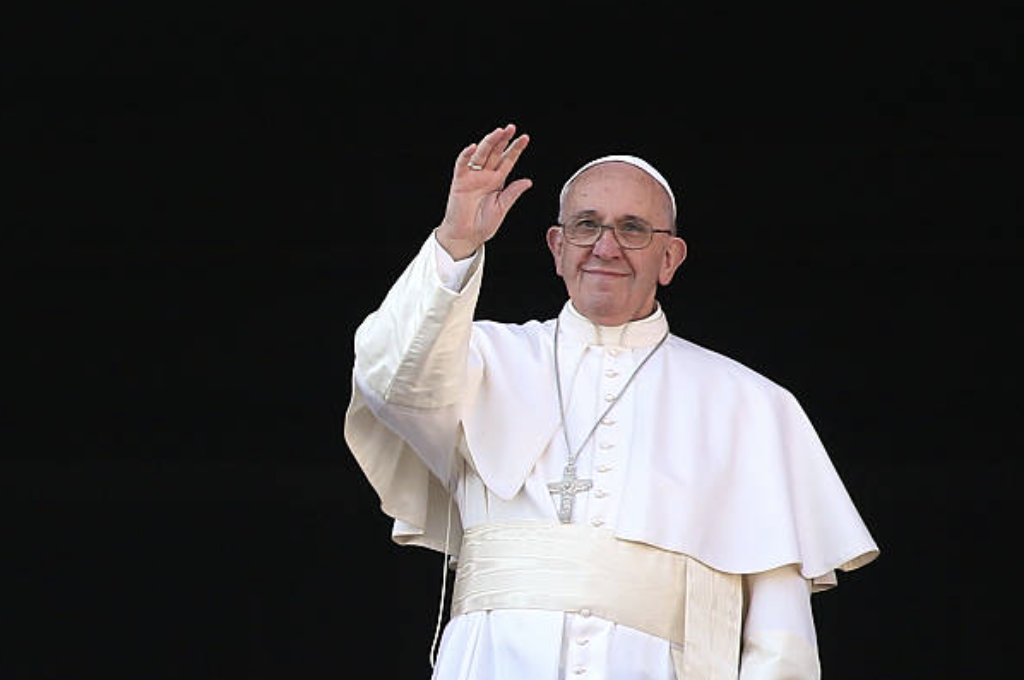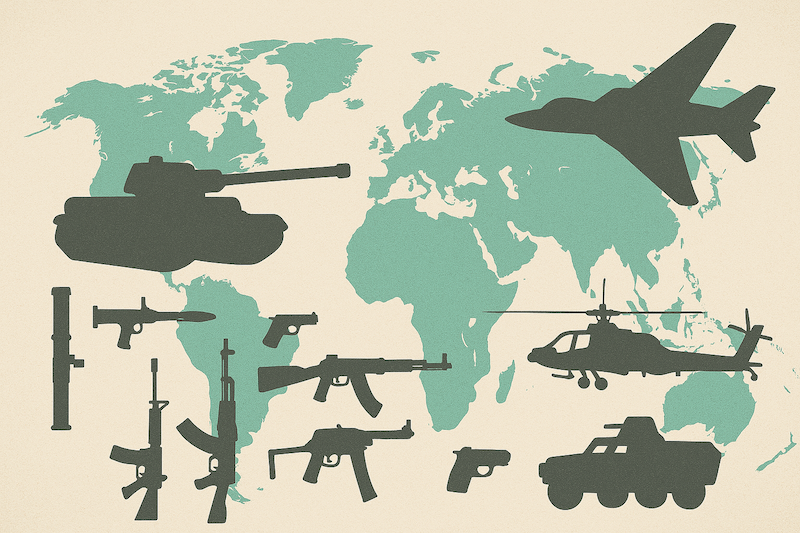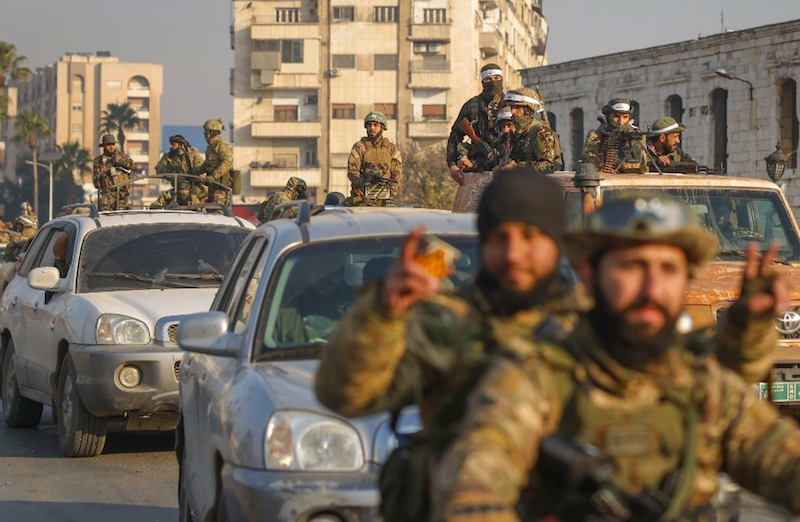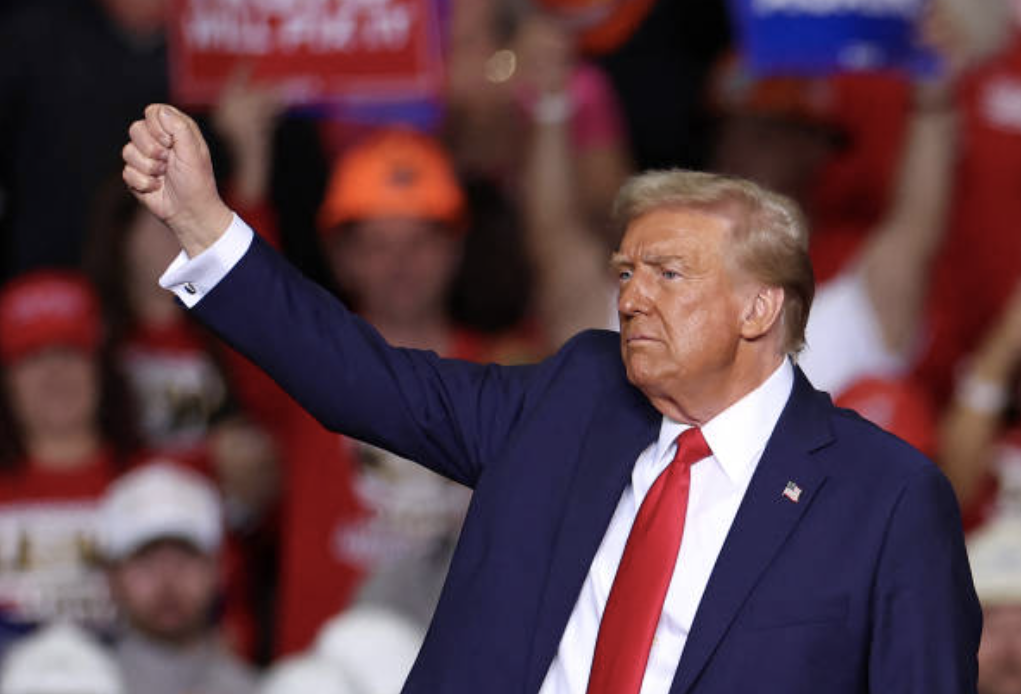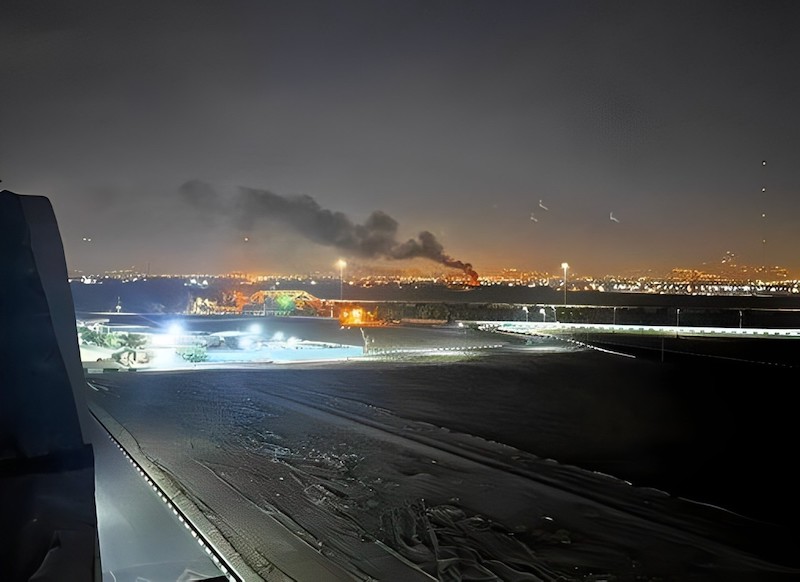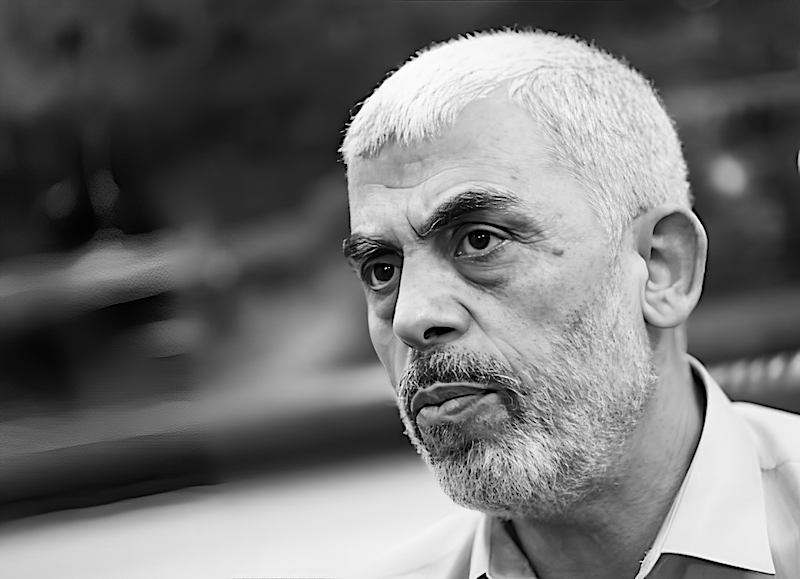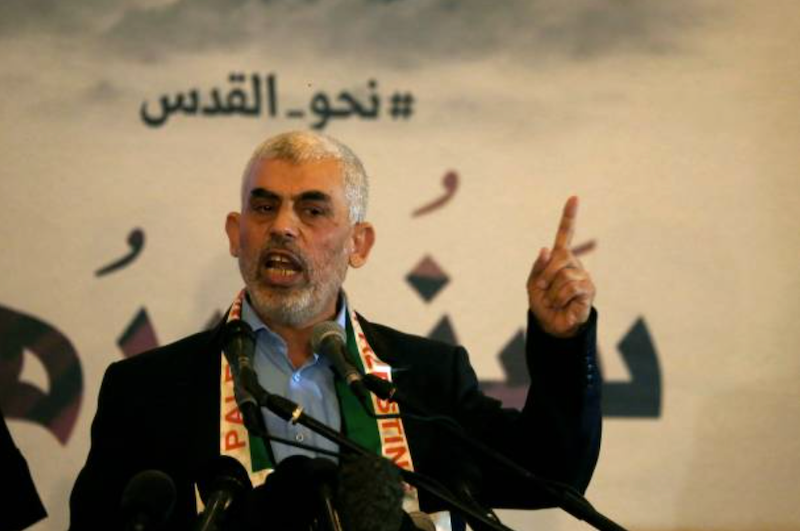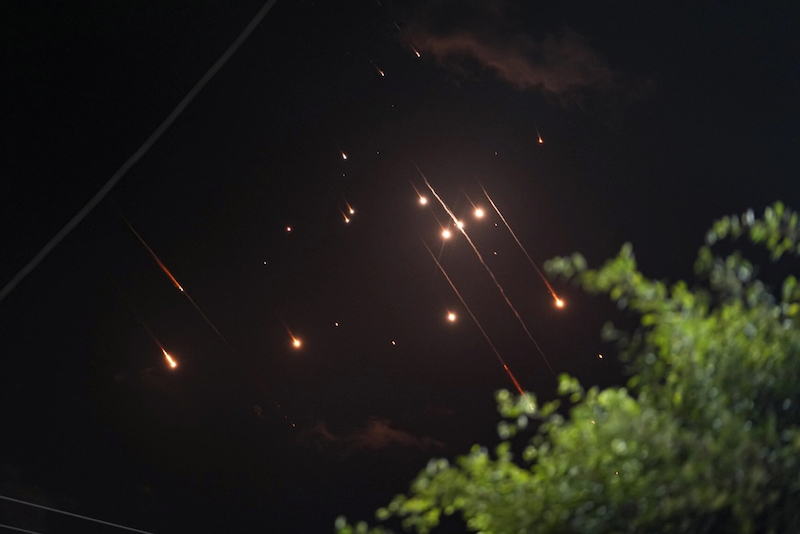
New Delhi: Global military expenditure reached an unprecedented high of $2.72 trillion in 2024, marking the 10th consecutive year of increase and the steepest year-on-year rise since 1988, according to a new report[pdf] by the Stockholm International Peace Research Institute (Sipri).
India maintained its position as the fifth-largest military spender globally, allocating $86.1 billion to its armed forces, according to Sipri’s annual fact sheet on “Trends in World Military Expenditure, 2024” released on Monday.
The report reveals that India’s military spending increased by a modest 1.6% from 2023 but has surged by 42% since 2015, reflecting the country’s sustained commitment to military modernization amid regional security challenges.
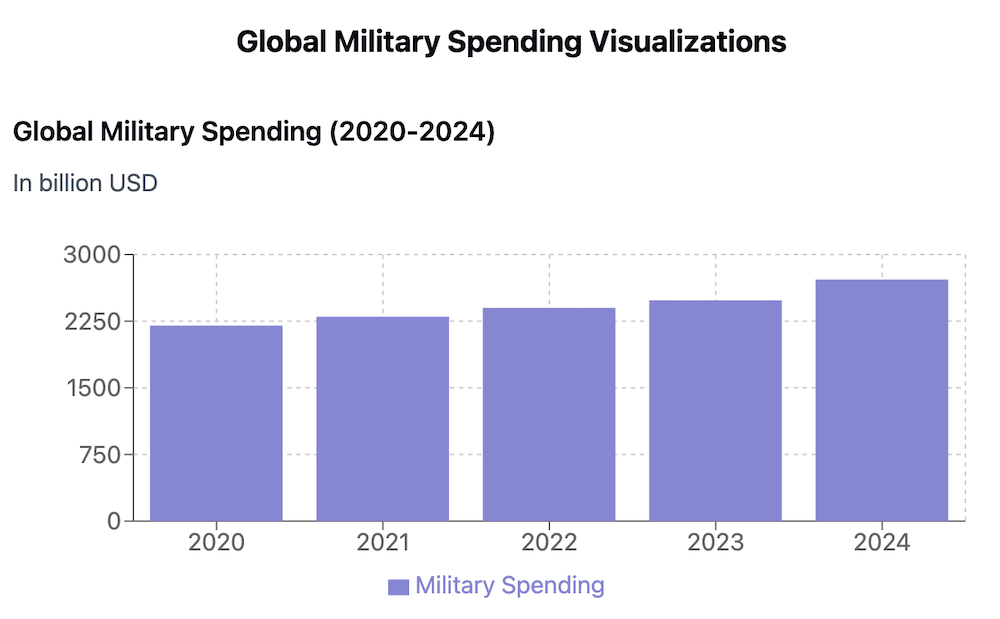
Earlier this year, a fact sheet by Sipri – titled “Trends in International Arms Transfers, 2024” – revealed that Ukraine has become as the world’s largest importer of arms while India was in the second spot, as India Sentinels had reported earlier.
Global Picture
The overall global military expenditure rose by 9.4% in real terms last year, reaching $2.718 trillion in 2024 – the highest total ever recorded by Sipri. This spending accounted for 2.5% of global GDP, up from 2.3% in 2023.
“For the second year in a row, military expenditure increased in all five of the world’s geographical regions, reflecting heightened geopolitical tensions across the globe,” the report states, adding that the decade-long growth in global spending can be partly attributed to spending increases in Europe, largely driven by the ongoing Russia-Ukraine war, and in the Middle East, driven by the war in Gaza and wider regional conflicts.
The five biggest spenders in 2024 – the United States, China, Russia, Germany, and India – together accounted for 60% of world military spending:
1. United States: $997 billion (37% of global spending)
2. China: $314 billion (12%)
3. Russia: $149 billion (5.5%)
4. Germany: $88.5 billion (3.3%)
5. India: $86.1 billion (3.2%)
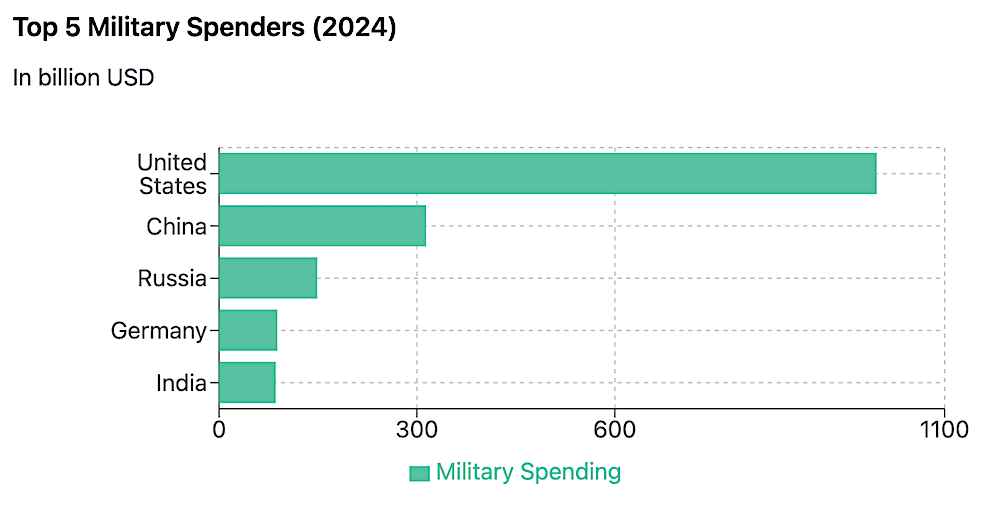
India’s Standing and Regional Context
India’s military expenditure of $86.1 billion represented 2.3% of its GDP in 2024, slightly lower than the 2.5% recorded in 2015. Despite ranking fifth globally, India’s military budget remains significantly below the top three powers: approximately one-twelfth of American spending, about a quarter of China’s military budget, and 58% of Russia’s defence outlay.
The Sipri report notes India’s efforts to build domestic defence manufacturing capabilities: “India, which is one of the world’s largest arms importers, has put in place a policy aimed at reducing its reliance on arms imports. The policy, which earmarks 75% of Indian capital outlays (equivalent to 22% of total military spending) to fund domestic military procurement, has made significant progress over the years, with India now able to produce armoured vehicles, helicopters, and submarines.”
However, the report also points out that India “remains reliant on imports for some more advanced systems, such as combat aircraft,” highlighting ongoing challenges in achieving comprehensive defence industrial capability.
In the broader Asian context, total military spending in Asia and Oceania amounted to $629 billion in 2024, a 6.3% increase from 2023 and a 46% rise since 2015. East Asia led regional spending at $433 billion, while South Asia, including India, accounted for $102 billion.
Pakistan’s military spending decreased by 5.1% in 2024 to $10.2 billion, representing 2.7% of its GDP – a higher percentage than India’s 2.3% despite the significantly smaller absolute amount.
China, India’s northern neighbour and strategic competitor, continues to expand its military budget rapidly. At an estimated $314 billion in 2024, China’s military spending was about 3.6 times that of India, growing by 7.0% from 2023 – its largest year-on-year percentage increase since 2015.

Financing Military Expenditure
The Sipri report includes analysis of how countries are funding increased military spending, which presents particular challenges for developing economies like India.
“New policies aimed at rapidly increasing military spending are already putting financial strain on governments,” the report notes, outlining various strategies countries are adopting:
* Redirecting funds from other national priorities
* Establishing extra-budgetary mechanisms
* Relying on borrowing
* Raising taxes
The report warns that these approaches carry “significant economic, political and social consequences,” including potential macroeconomic instability, reduced socio-economic protection, and worsened economic inequality.
For India, which faces simultaneous challenges of funding military modernization while addressing development needs, these considerations are particularly relevant. The country must balance security requirements with other priorities such as infrastructure development, healthcare, education, and poverty reduction.
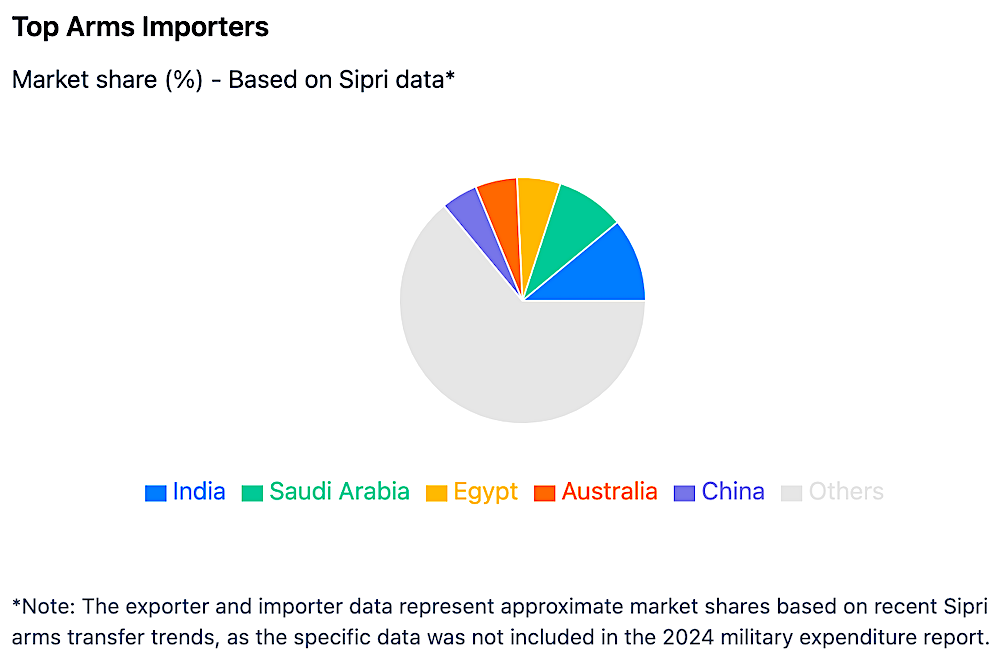
Self-Reliance Initiatives
The Sipri report references India’s policy framework aimed at reducing dependence on foreign arms suppliers, without specifically naming initiatives like “Make in India” or “Atmanirbhar Bharat” (self-reliant India).
According to the report, India now earmarks 75% of its capital outlays for domestic military procurement, with some measurable progress in producing systems like armoured vehicles, helicopters, and submarines domestically.
The data indicates that while India has made strides toward greater self-sufficiency, significant challenges remain in developing advanced weapons platforms indigenously.
Wider Implications
Several global trends highlighted in the report have implications for India’s security environment:
1. Rising military burdens globally – The average military expenditure as a share of government spending rose to 7.1% worldwide in 2024.
2. Escalating regional tensions – Countries affected by armed conflict spent on average 4.4% of their GDP on the military in 2024, compared with 1.9% in countries without armed conflict.
3. Major power competition – The report notes that “China’s military build-up has influenced the military policies of its neighbours, prompting many of them to increase spending” – a dynamic that affects India’s strategic calculations.
4. Russia’s military-industrial focus – According to the report, “A significant portion of Russia’s military spending in 2024 went to its arms industry to fund new procurements for weapon systems used in the invasion of Ukraine and to subsidize some arms producers.” As Russia has traditionally been a major supplier for India, this could affect equipment availability and future procurement.
Nato and European Spending
The Sipri report devotes significant attention to increased defence spending among Nato members, which together spent $1.506 trillion in 2024, equal to 55% of world military spending. Eighteen of the 32 Nato members spent at least 2.0% of GDP on their militaries in 2024, up from 11 in 2023.
European Nato members spent $454 billion in total, with Germany emerging as the fourth-largest global military spender at $88.5 billion. Germany’s spending grew by 28% in 2024 and by 89% since 2015.
While these developments do not directly impact India, they reflect a shifting global security environment characterized by increased militarization among both traditional western powers and emerging economies.
Future Outlook
The Sipri report suggests that global military expenditure will continue to rise in the coming years as “many countries have also committed to raising military spending.”
India’s Position and Future Outlook
For India, navigating this increasingly militarized global environment requires careful strategic planning. While the country faces pressure to maintain military capabilities commensurate with its size and regional responsibilities, it must also address significant development challenges.
India’s relatively modest 1.6% increase in military spending in 2024 suggests a measured approach compared to more substantial increases by other major powers, including the 38% increase by Russia, 28% by Germany, and 7% by China. (It may be noted that India increased its defence budget by 9.5% for the current financial year, 2025-26, as India Sentinels had reported earlier.)
India’s position as the fifth-largest military spender globally reflects its status as a significant power with substantial security responsibilities. The growth of 42% in military spending since 2015 demonstrates a long-term commitment to defence modernization, though at a pace that remains constrained by economic considerations.
As global military expenditure continues to reach new heights, India faces the ongoing challenge of balancing security imperatives with economic development goals. The country’s approach to this balance will be crucial in determining its future trajectory in an increasingly complex security landscape.

